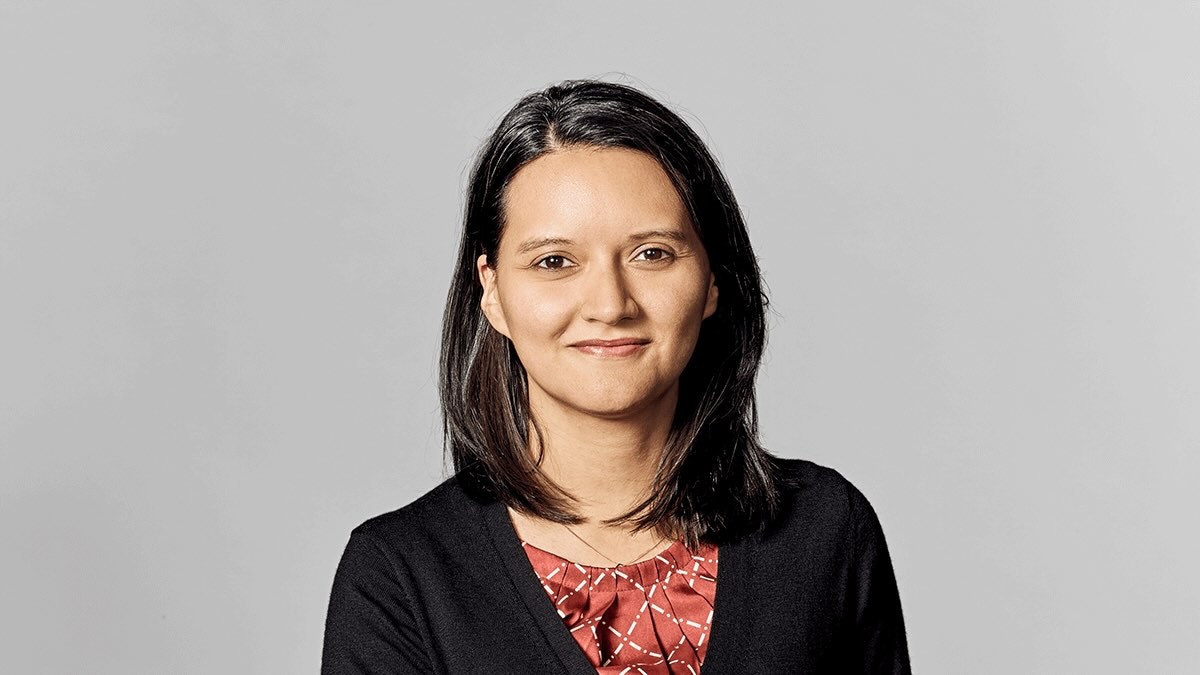Multiverse Computing, which has built an AI model compressor to run large-language models (LLMs) faster, cheaper and with higher levels of energy efficiency, has raised $215m in Series B funding.
Bullhound Capital led the round and was joined by investors such as HP Tech Ventures, SETT, Forgepoint Capital International, CDP Venture Capital, Santander Climate VC, Toshiba and Capital Riesgo de Euskadi - Grupo SPRI.
The round, which consists of $180m in equity and $35m in grant funding and GPU resources, has given the startup a fivefold valuation from the last time it raised to more than $500m.
How Multiverse Computing works
LLMs typically run on specialised cloud-based infrastructure, and they’re expensive to train and run. Traditional compression techniques — quantisation and pruning — that aim to address these challenges result in models that significantly underperform the original LLM.
Founded in 2019, San Sebastián-based Multiverse has developed a tool called CompactifAI which compresses AI models while, it says, retaining their accuracy. Multiverse says its models also run faster than the original LLM and bring inference costs — the cost of using a model to do something — down by 50-80%.
Cofounder and CEO Enrique Lizaso tells Sifted that the way it works is Multiverse takes an AI model — Meta’s Llama class, for example — and uses tensor networks, a quantum-inspired tool to compress AI models, to analyse, take out 50-80% of the model’s parameters (which are the equivalent of connections between neurons in the human brain) and retrain the model. A reduction in the number of parameters a model has means less energy consumption when it’s used, as you need less computation to get the desired output.
“Generally speaking we can do it with any type of AI model,” Lizaso says. “But commercially speaking we focus only on open-source models.
“At one point we had to decide whether we should commercialise the tool or the compressed models,” he adds. “The money for us is in the compressed models.”
It currently offers customers compressed versions of open-source Meta and Mistral models, which are deployed via Amazon Web Services and charged on a per usage basis. It’ll also soon offer a version of DeepSeek’s R1 model.
Multiverse’s compressed models can run on the cloud, on private data centres or, in the case of a set of nanomodels it’s developing, directly on devices such as laptops, phones, cars and drones. Lizaso says that Multiverse can sell to any company which uses LLMs.
He tells Sifted that because of the compressed model size the final cost works out at about half the price of non-compressed models.
Customers include healthcare providers, governments and financial institutions. There are also defence use cases the company is exploring.
Last year Multiverse made €13m in revenue and sold contracts worth €20m. Lizaso says the target this year is €30m in revenue and €40m in booked sales.
How will it spend the money?
Lizaso says the company will use the fresh funding to grow headcount by at least 100 people this year and to buy stacks of GPUs to compress and run more models.
He says the company uses AI company Hugging Face’s LLM leaderboard to see which open-source models are being used most and which it might want to compress. Lizaso wants the company to release its next lot of compressed models quickly.
“We want to take models to the market as fast as we can, which means deploying all the models we can as soon as possible.”



